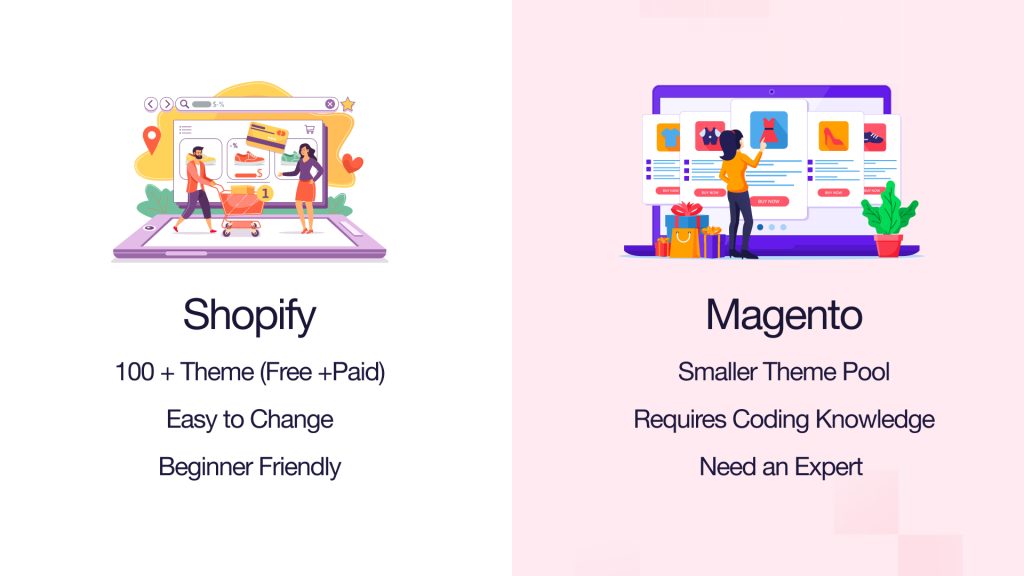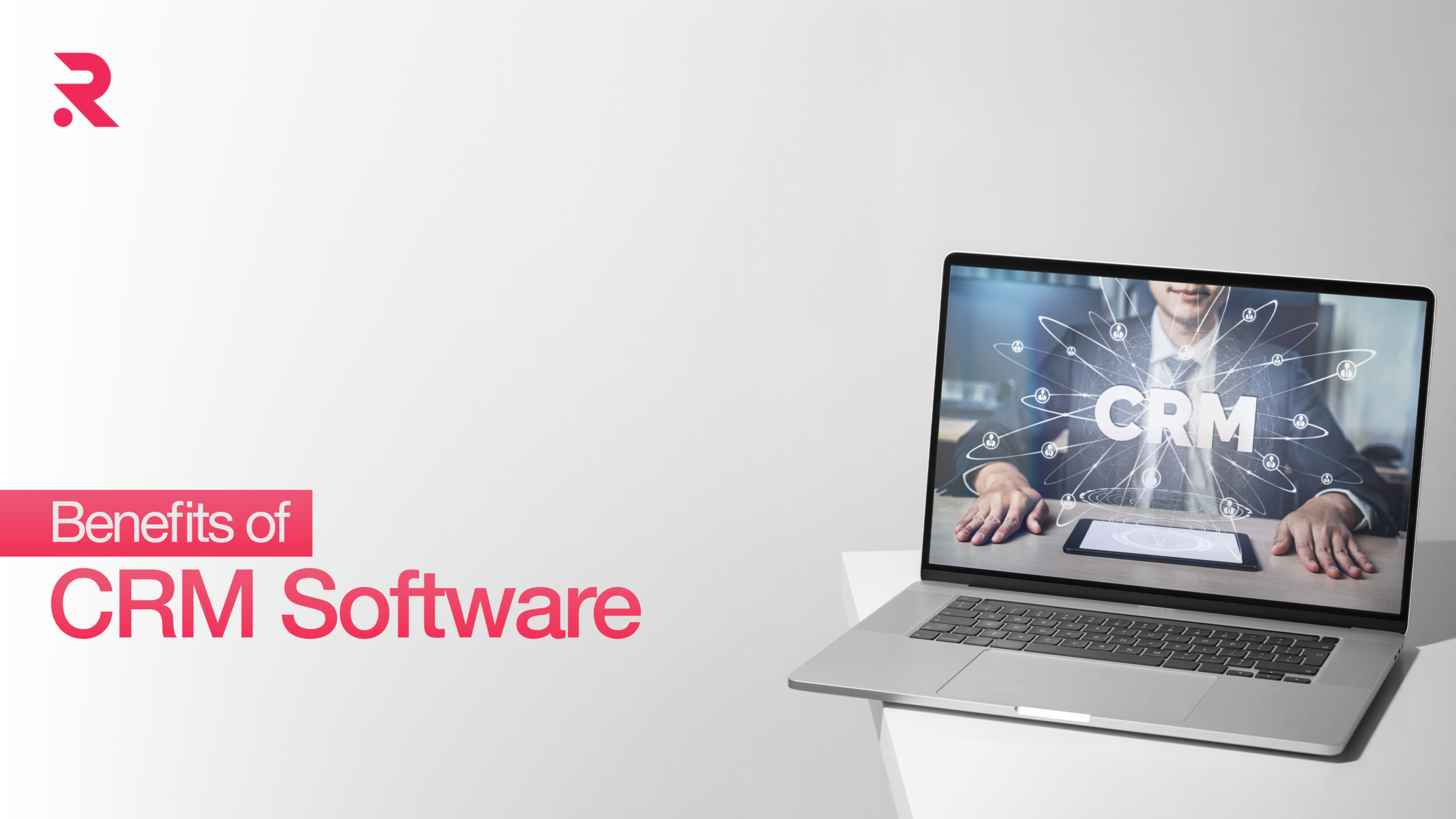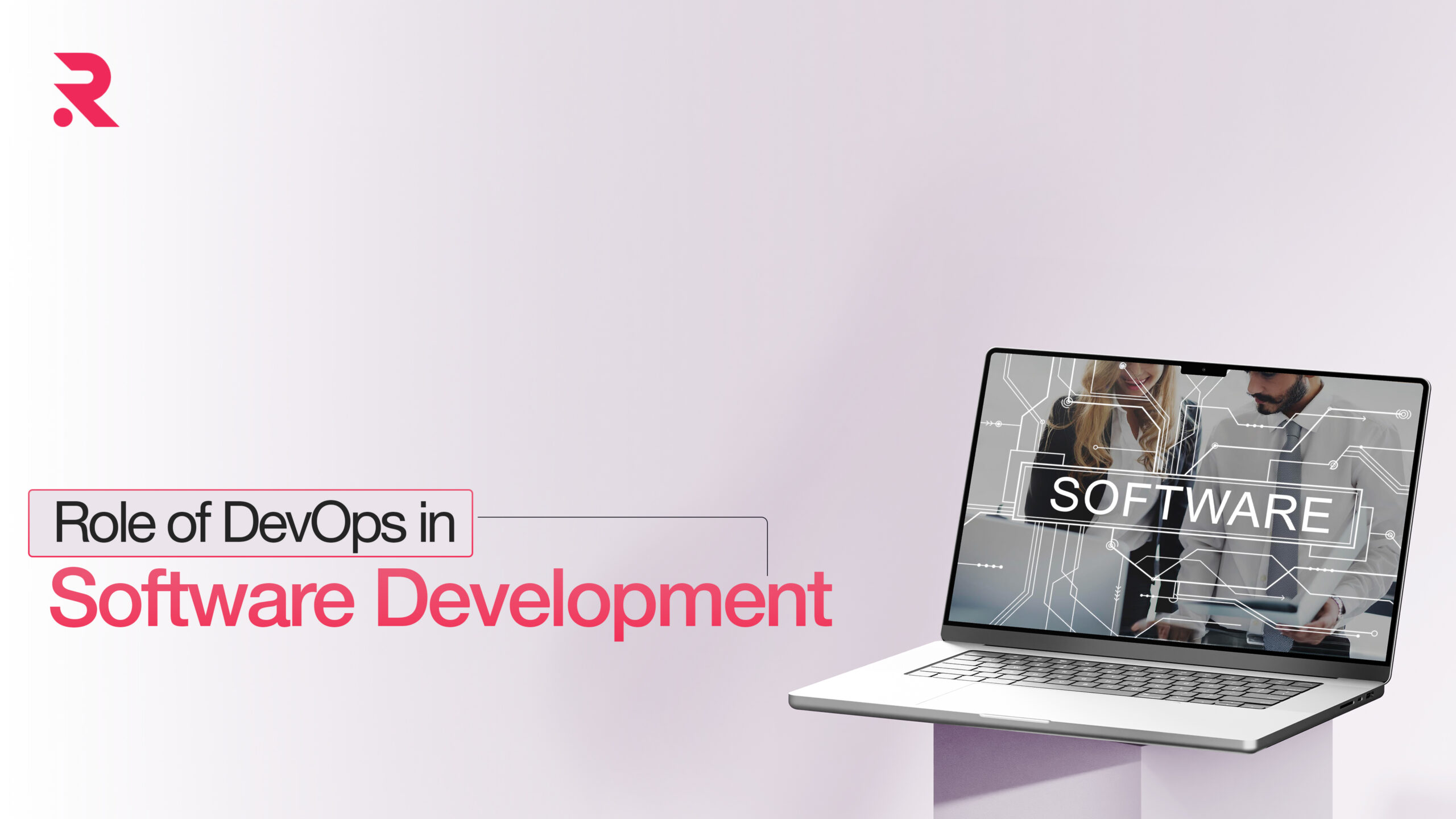Magento vs Shopify – Which is the Right Platform for your Ecommerce Business?
Trying to figure out Magento vs Shopify which is the better fit for your online store? You’re not alone. Whether you’re just getting started with a small boutique or planning to grow something much bigger, this article breaks it all down for you. All in all, it’s everything you need to make a decision you feel good about.
- July 3, 2025
- by Tarun


Picking the right ecommerce platform can seriously shape where your business goes. On one hand, you’ve got Magento (now Adobe Commerce)—a powerful, open-source option that’s great for big, highly customized setups. On the other, there’s Shopify—super user-friendly, fully hosted, and packed with apps to make your life easier.
In this article, we’ll walk through the main differences between the two so you can figure out which one makes more sense for your goals and how tech-savvy you (or your team) really are. We’ll cover things like features, pricing, how much you can tweak, SEO performance, scaling potential, security, upkeep, and even what real users are saying. The idea? Help you make a solid call that actually supports how you want to grow.
Platform Overview
Magento
- Architecture: Magento runs on open-source PHP and is now part of Adobe Commerce, which gives it a solid foundation for custom builds.
- Best For: It’s really geared toward mid-sized to large businesses—especially those that need heavy customization or complex integrations.
- Deployment: You’ll need to host it yourself or go through Adobe’s cloud setup, and yeah, having a developer (or team) is pretty much a must.
- Ecosystem: There are over 4,000 extensions to play with, and since you get full backend access, you can customize just about everything if you’ve got the resources.
Shopify
- Architecture: Shopify is a fully hosted, closed platform—but you can get into the code if you want to tweak things.
- Best For: It’s a solid choice for solo entrepreneurs all the way up to big retailers who just want something that works out of the box without the tech headaches.
- Deployment: Setup is quick—like, minutes. Hosting, SSL, and PCI compliance are all baked in, so you’re good to go right away.
- Ecosystem: With 6,000+ Shopify apps and a super intuitive drag-and-drop builder (plus optional HTML/CSS access), it strikes a nice balance between ease and flexibility.
Confused about Custom Ecommerce Development? Here is a comprehensive guide for you.
Ease of Use & Setup

Shopify
- Getting started is super straightforward—there’s guided onboarding, a theme editor, and even a ready-to-go subdomain.
- You don’t need to touch a line of code to launch, which makes it perfect for folks who aren’t super tech-savvy.
- Support is solid too. 24/7 live chat, phone help, forums, and tons of how-to articles if you like figuring things out on your own.
Magento
- Setup’s a whole different ballgame—you’ll need a developer and some hosting know-how just to get going.
- The learning curve is definitely steeper. The backend can feel a bit technical, especially if you’re used to plug-and-play platforms.
- Support is mostly community-based unless you’re paying for Adobe’s help—so answers might take a bit longer to find.
Customization & Extensibility

Magento
- You get full access to the source code, which means you can customize pretty much anything—no limits if you’ve got the skills.
- There are around 4,000+ Magento extensions available, many of them offering advanced tools like inventory management, coupon systems, and more.
- It’s a great fit if you’re working with complex systems like ERPs, doing B2B sales, or need something truly enterprise-grade.
Shopify
- Customization’s a breeze thanks to its drag-and-drop builder, themes, and a huge app store (over 6,000 apps, about half are free).
- It integrates smoothly with major marketing platforms and tools, so getting up and running with ads or email campaigns is simple.
- While it’s not as open as Magento, you can still dive into the code using Liquid and tweak themes if you want more control.
Theme and Design

Shopify
- Offers over 100 themes (free + premium).
- Themes are mobile-responsive, and SEO optimized; user-friendly editor to customize visuals.
- Drag-and-drop architecture allows quick adjustments without code.
Magento
- Smaller pool (free and paid).
- Design edits require coding or developer resources.
- Open-source flexibility supports creating highly customized storefronts—requires development expertise.
Ecommerce Features & Integrations
Shopify
- Shopify gives you a solid toolkit—built-in checkout, Shopify Payments, abandoned cart recovery, and multichannel selling.
- Its POS system covers in-person sales too, with hardware and tools for managing staff.
- It’s also ready for global selling, with support for multiple currencies, storefront translations, and automatic tax calculations.
Magento
- Magento’s backend is seriously robust—you get advanced inventory control, product variants, bulk imports, and detailed sales/order reporting.
- But for stuff like email marketing, social selling, or automations, you’ll need to install extensions.
- It’s got strong B2B features too, like company accounts, quick quote requests, and custom pricing catalogues.
Need a future-proof Ecommerce store?
Our Experts Can Help!
SEO & Marketing
Shopify
- Comes with the SEO best prictices and essentials built in, and there are tons of apps to boost things further.
- If you’re switching over, migration tools help keep your traffic steady—though you might need to tweak URLs to match your old setup.
- You’ll also find built-in email tools, analytics plugins, and easy integrations with social platforms.
Magento
- Gives you way more detailed control over SEO—think custom URLs, metadata, sitemaps, and more.
- It’s often the go-to for businesses with complex site structures that need serious optimization.
- But it’s not exactly plug-and-play—you’ll want a dev who knows their way around SEO to get the most out of it.
Scalability & Performance
Shopify
- Globally distributed CDN, built-in caching, infrastructure managed by Shopify, handles high volumes.
- Scalable plans from Basic to Shopify Plus with enterprise-level support.
- Users report faster performance with lower total cost of ownership than Magento.
Magento
- Capable of large catalog and complex operations; license for enterprise version can exceed £22,000.
- Performance dependent on hosting, server setup, optimization efforts.
- Suitable for massive enterprises—but requires dedicated infrastructure and ongoing tuning.
Hosting and Security
Shopify
- With Shopify, all the technical stuff—like hosting, SSL, PCI compliance, and security updates—is baked right in. You don’t really have to worry about managing any of it yourself.
- Since everything runs on Shopify’s own infrastructure, there’s less risk overall. They handle patches and updates automatically, which takes a load off your plate.
Magento
- Magento’s a different story. You’re either self-hosting or using Adobe Commerce Cloud. Both of which can drive up costs and make things a bit more complex on the backend.
- Security? You’re on the hook for that too. Patches have to be handled manually, and older Magento sites have had some real issues with vulnerabilities.
- For big companies, it usually means putting money into extra security tools and staying on top of maintenance—constantly.
Cost Comparision
Shopify
- Shopify’s pricing is pretty straightforward. You’ve got Starter plan at £5/month. Basic at £19/month, then Shopify at £65, Advanced at £344. If you’re a larger business, Shopify Plus starts around $1600 a month.
- The costs scale up as your business grows, just a heads-up—there are transaction fees unless you use Shopify Payments.
- While the platform itself is clean and easy, you’ll probably end up spending more on apps, themes, and plug-ins.
Magento
- Magento’s open-source version is technically free, but that’s just the starting point. You’ll need to budget for hosting, custom design, add-ons, and dev work. It adds up fast.
- If you go with Adobe Commerce (the enterprise version), pricing usually kicks off around £22K a year—before you even get to implementation costs.
- Some merchants report monthly maintenance and development costs in the ballpark of £5k–15k/month, and in some cases, even up to £60k a year.
Maintenance and Support
Shopify
- Shopify takes care of the behind-the-scenes stuff for you—hosting, updates, maintenance, security patches are all sorted.
- If you ever hit an issue, their support’s solid. You’ve got 24/7 access to phone, live chat, and email help. Plus, there’s loads of documentation and a pretty active community to dig into.
Magento
- With Magento, you’re more hands-on. You’ll need either an in-house team or an agency to stay on top of things like hosting, updates, patches, and managing extensions.
- There’s a big community forum, but if you want proper support, that usually comes through paid Adobe partners.
- It needs ongoing dev attention to keep everything running smoothly and securely.
Need a Reliable Maintenance and Support Partner to Help Grow Your Ecommerce Business?
Our Experts Can Help!
Merchant Perspectives
Real-world feedback really shows the difference between the two platforms.
One merchant said, “Server costs were way higher than Shopify’s fees—and we had constant tech issues that needed a developer to fix.” Another shared, “No regrets moving to Shopify. Finding the right apps can be a pain, but overall it’s made us way more agile.”
Someone even joked, “Your cost of ownership on Magento will be way higher… you’ll be back!”
That said, Magento still has its fans—especially for big businesses. One user said it’s “perfect for large-scale setups that need complex integrations,” but admitted it requires more investment and dev work.
Bottom line: Shopify’s usually the go-to for ease and predictability, while Magento suits businesses that need heavy customization and have the resources to support it.
Ideal Use Cases
| Business Profile | Best Choice | Reason |
| Startups and SMEs | Shopify | Fast setup, built-in features, lower cost, ease of maintenance |
| Mid‑size B2C | Shopify (Advanced/Plus) | Scalable, secure, broad app ecosystem |
| Enterprise B2B / Custom Integrations | Magento | Full code control, deep customization, complex use cases |
| Tech-savvy teams with budget | Magento | Tailored functionality, control of performance & SEO |
| Non-technical teams seeking simplicity | Shopify | Minimal maintenance, solid support channels |
Conclusion
Deciding between Magento and Shopify really comes down to what you need.
Go with Shopify if you want:
- A quick setup that’s easy to use
- Pricing that’s straightforward and predictable
- Hosting, updates, and support all handled for you
- Lots of apps to choose from
Pick Magento if you need:
- Full control with access to all the code
- Complex integrations or B2B features
- Fine-tuned control over performance and SEO
- Willingness to manage your own servers and dev work
Most businesses start with Shopify for simplicity, then switch to Magento when they outgrow it. But if you know from the start you need something really custom, Magento might be your best bet.
Want to invest in a B2B Ecommerce Platform? Here is what to consider between Cost vs Value.
Final Thoughts
There’s really no one-size-fits-all answer when it comes to Magento vs Shopify. Both shine when you pick the right fit for your business.
- Shopify works great for most stores because it cuts out the hassle and gives you reliable, ready-to-go infrastructure.
- Magento is better if you have big, complex needs and the resources to manage a custom setup.
With this in mind, you can choose the platform that best matches your goals, budget, and plans for growth—so you can move forward with confidence.
 Shopify
Shopify










